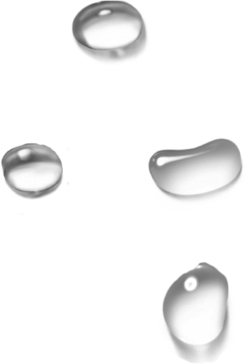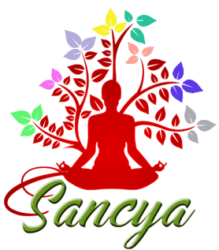
Hydrotherapy
Hydrotherapy is the use of water, both internally and externally and at varying temperatures, for health purposes. Also known as water therapy, hydrotherapy includes such treatments as saunas, steam baths, foot baths, contrast therapy, hot and cold showers, and water therapy.
Principles of Hydrotherapy
According to proponents of hydrotherapy, cold water causes superficial blood vessels to constrict, moving blood flow away from the surface of the body to organs. Hot water causes superficial blood vessels to dilate, activating sweat glands, and removing waste from body tissues.
Alternating hot and cold water is thought to decrease inflammation and stimulate circulation and lymphatic drainage.
Types of Hydrotherapy
Hydrotherapy is often done at health centers, spas, or at home. Common types include:
Watsu – An aquatic massage where the therapist uses massage techniques while you float comfortably in a warm water pool.
Sitz bath – A sitz bath involves two adjacent tubs of water, one warm and one cool. You sit in one tub with your feet in the other tub, and then alternate. Sitz baths are recommended for hemorrhoids, premenstrual syndrome (PMS), and menstruation problems.
Warm water baths – Soak in warm water for up to 30 minutes, depending on the condition. Epsom salts, mineral mud, aromatherapy oils, ginger, moor mud, and dead sea salts may be added.
Steam bath or Turkish bath – Steam rooms are filled with warm, humid aid. The steam is said to help the body release impurities.
Sauna – The dry, warm air promotes sweating.
Compresses – Towels are soaked in warm and/or cool water and then placed on a particular area on the body. Cool compresses reduce inflammation and swelling, while warm compresses promote blood flow and ease stiff and sore muscles.
Wraps – While lying down, cold wet flannel sheets are used to wrap the body. The person is then covered with dry towels and then blankets. The body warms up in response and dries the wet sheets. It’s used for colds, skin disorders, and muscle pain.
Contrast hydrotherapy – At the end of a shower, turn the temperature down to a level you can comfortably tolerate (it shouldn’t be icy cold). Turn the water off after 30 seconds (some people alternate between warm and cool water for up to three cycles, always ending with cool water).
Warming socks – Take a pair of wet cotton socks, wet them thoroughly, wring them out and put them on your feet. Then put a dry pair of wool socks over them and go to bed. Remove them in the morning. The cold, wet socks are said to improve circulation in the body and help ease upper body congestion.
Hot fomentation – For treatment of acute conditions such as chest colds and coughs. It is said to relieve symptoms but also decrease the length of the illness.
Hydrotherapy pool exercises – Exercising in a warm-water pool. The warm water allows you to exercise without fighting gravity and offers gentle resistance. It’s considered helpful for back pain, arthritis, and other musculoskeletal conditions. Unlike water aerobics, hydrotherapy exercises tend to be slow and controlled. Often done under the guidance of a naturopathy doctor.

